Garden Soil vs. Compost: What’s the Difference?
-
Codee Chessher
- Last updated:
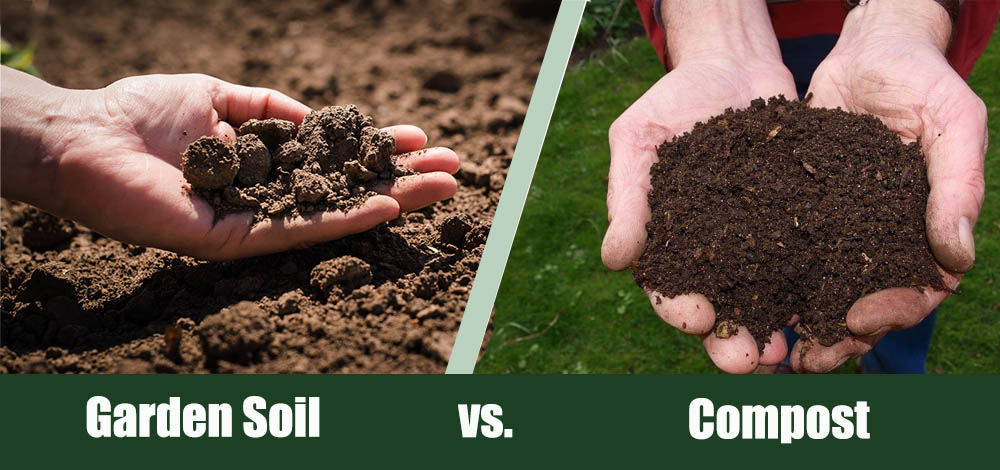
Soil and compost are both essential components of any successful garden, but it can be easy to confuse the two. While many people use the terms interchangeably, they’re not. In fact, the same thing.
In this article, we’ll be going over exactly what soil and compost are composed of, when to use them, and more handy relevant info. Let’s dive in below.
Overview of Garden Soil
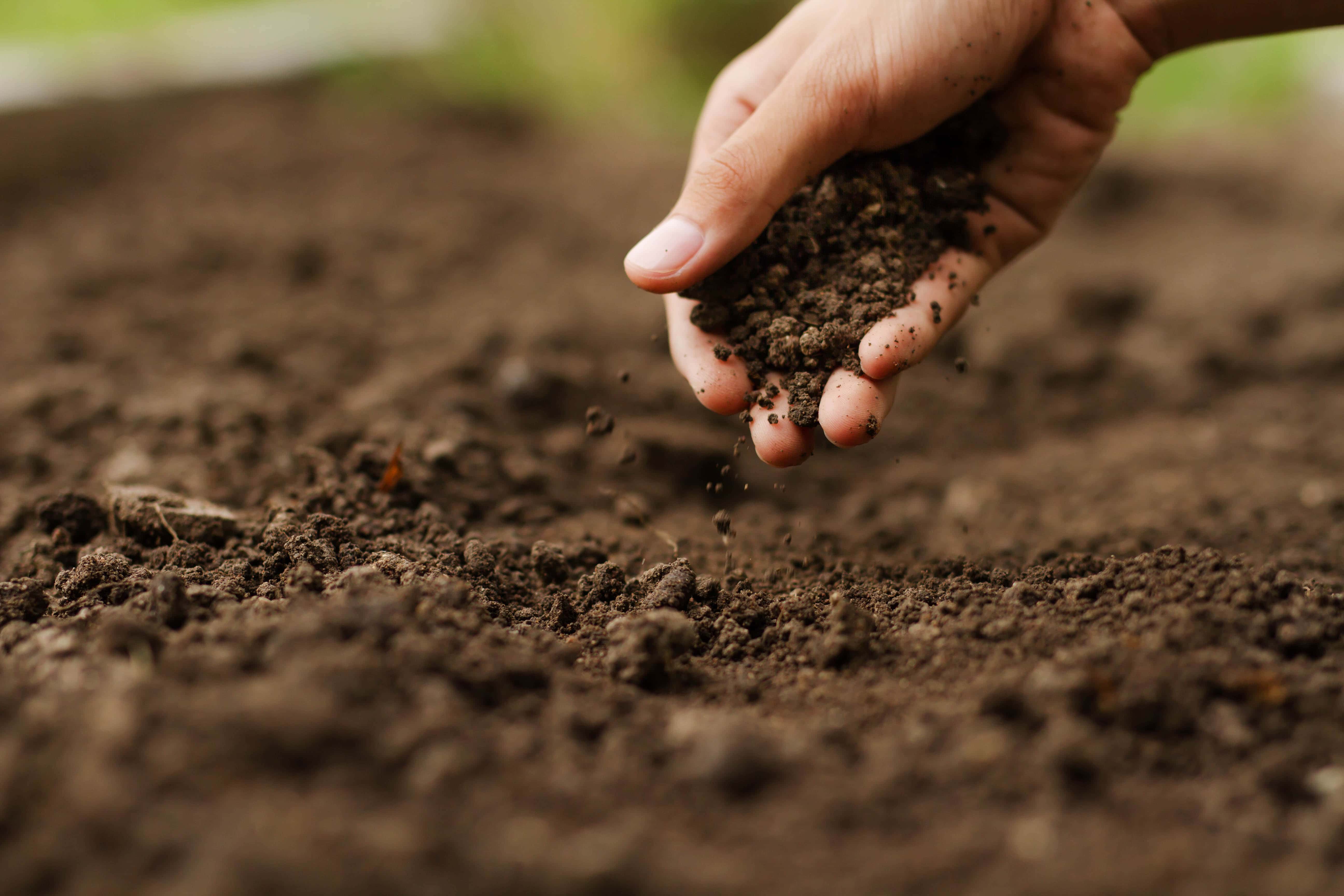
Simply put, soil is the topmost layer of the Earth’s crust. Composed of a mixture of minerals, sand, silt, liquids, organic matter, and other components, soil is created through thousands of years of processes. Soil is the main medium that plants grow in, which ultimately makes it essential for all life on Earth. Because of the various environments on Earth, differences in weather and natural processes, soil changes radically around the globe.
Most critically, soil provides structural support for plants, but that’s not all. Soil allows water and nutrients to flow to a plant’s roots while letting water drain away. Depending on the composition of soil, it may have higher levels of sand, silt, or clay. While these are all normal, too much of any one will cause problems with plants.
As the lifeblood of plants, soil is also the lifeblood of any gardener. Gardening can be easy to start out, but you’ll quickly realize that it gets complex. Determining what type of soil a plant natively grows in is a key skill gardeners learn because you’ll need to adapt your local soil to best match those conditions.
Over time, any soil used to grow plants will become depleted of nutrients. Decomposing matter, kitchen waste, and gardening waste can usually be added to soil to replenish its nutrients. Compost is one of the biggest allies of soil, enriching its nutrients while providing many other practical benefits. Learning how to fertilize and amend soil is yet another major gardening skill.
When to Use Garden Soil
Soil should be the main medium that you grow plants in, and you’ll go through a ton of gardening soil as you begin learning how to garden. Most people don’t choose the type of soil they have on hand, plus the climate will also determine what type of plants you can grow and when you can grow them.
While compost, fertilizers, and other amendments are extremely useful with soil, you should research your soil first. Preferably you can get it tested to see its chemical makeup, but that isn’t always an option. Soils with low nitrogen typically don’t get much organic matter, so adding loamy potting mix or compost will help.
In the end, your success with soil will rely on how well you pay attention to your plants and their needs. Don’t try to grow peppers in a cold climate, for example.
Types of Garden Soil
There are six main soil types, and it’s important that you learn their unique properties if you plan to garden. Each soil type has its unique strengths and weaknesses, with some better suited to growing plants than others. Let’s look at a brief overview of each major soil type and what you should know about them.
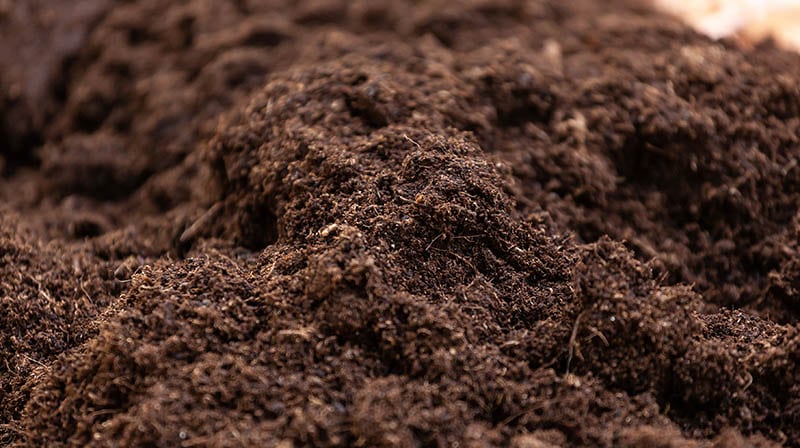
Types of Soil:
- Loam: loamy soil is rich with organic matter, well-draining, and well-suited to most plant life. Poor draining loam can be fixed with sand.
- Sand: while sand can help improve compacted soil, too much will allow too much drainage in soils. Sand also benefits from organic amendment.
- Clay: thick clay soil is one of the worst types for growing plants but can be mixed with potting soil and amendments for improvement.
- Silt: silty soil holds water very well and typically has lots of nutrients but compacts easily. Add compost or organic material to help add structure and improve drainage.
- Peat: peat soil is a damp, blackish soil rich in peat, which is decomposed moss. Peat slows down decomposition, so you’ll have to amend it with compost and lime to make it suitable for gardening.
- Chalk: chalky soil is an alkaline, rocky soil that drains well, but lacks organic material that plants need. Add fertilizers and acidic content to raise the pH within acceptable ranges.
Is it Eco-Friendly?
Yes, but only if we’re talking about real soil and not sterilized potting mix. A lot of potting soil sold in stores is technically soil, but with heavily modified sterilized contents that make it completely different from actual soil. If possible, use your native soil and amend it with organic additions like compost, lime, and companion planting techniques.
- Provides structural support for plants
- Even the worst soils can be improved with fertilizer, compost, and other amendments
- Exists on every part of the planet
- Potting mixes widely available to mix and match soil types
- In ideal conditions, you don’t even have to amend soil to grow plants
- Some soil is better suited for gardening than others
- May require significant amendment
Overview of Compost:
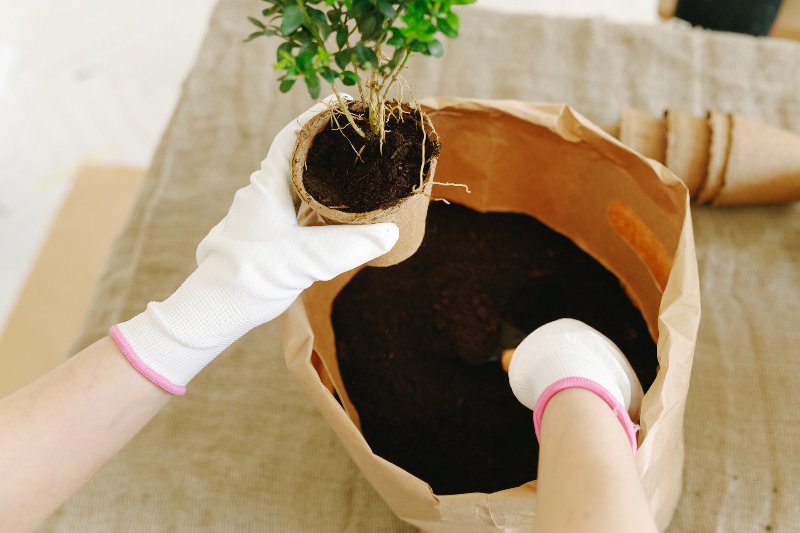
Compost is pure decomposed organic matter, typically created on purpose by throwing kitchen and garden waste into a container. When aerated properly, compost is a rich, black soil-like compound containing an extremely dense nutrient content. Worms and other soil life may also be present in compost, and they’re usually a positive for soil as well.
Unlike soil, compost alone can’t be used to grow plants. In most cases, it simply lacks the structural support and drainage that soil provides. That said, compost is just as useful as fertilizer, if not even better!
Compost can be made from nearly any organic matter. Lawn clippings, leaves, dead animals, dead bugs, twigs, and branches are the most common ingredients used to make compost. Depending on whether the compost is being used or sold for a specific situation, higher green or brown content might be used in the mix.
You can buy compost at farmer’s markets, tractor supply stores, or specialty stores. You can also make it at home by simply throwing lawn clippings, leaves, and leftover organic kitchen waste in a dark container. Over time the mix will partially decompose and become compost.
When to Use Compost
Using compost is always a great idea when you’re gardening. Because a lot of soil has become depleted of nutrients in the past centuries, adding compost to your soil when gardening is possibly the best way to boost the nutrient content. Compost can add structure to loose, sandy soils and even help break up clumpy clay soil.
To use it, simply use compost in place of fertilizer when planting. You can mix it in the soil, add a top layer to act as mulch, and use it as liberally as you’d like.
Types of Compost
There are two major types of compost: brown and green. Green compost is rich in decomposing organic matter like leaves, fruit rinds, and rotting plants. These ingredients make green compost extremely high in nitrogen content, which is great for plant foliage and vegetable growth. Brown compost is better for adding structure and improving drainage in sandy, loose soil.
Even predominantly brown compost will have some green matter to keep decomposition going, but the ratio is what matters. Lots of green matter and little brown matter will make the compost stop decomposing, and not enough brown matter will halt things as well.
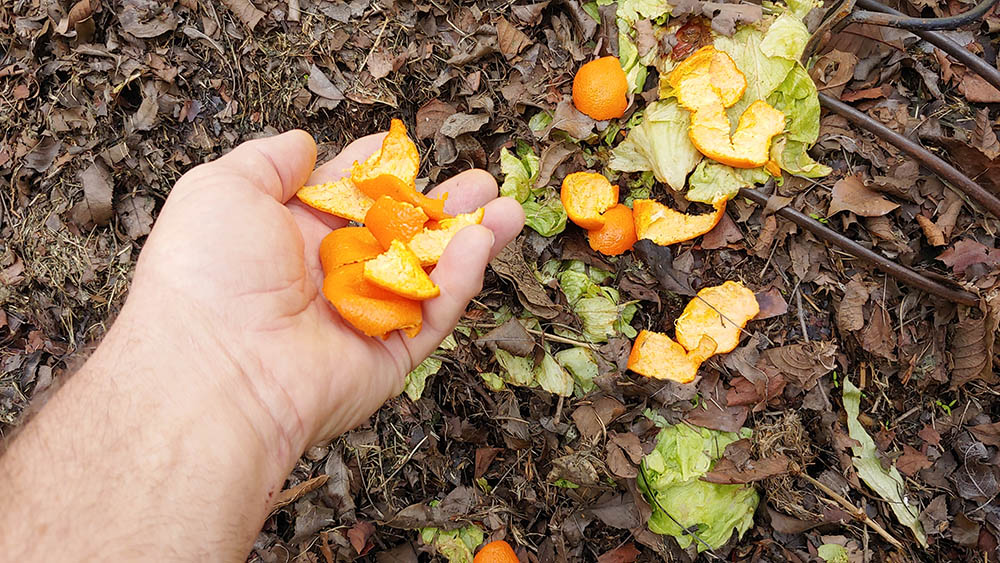
Is It Eco-Friendly?
Compost is one of the most eco-friendly products on Earth, composed entirely of rotting organic materials. While some commercial compost products have sterilized ingredients or nonrenewable minerals included, true compost will look similar to very rich, loamy soil. If possible, locally source or create your own compost.
- Enhances soil structure and improves drainage in loose soil
- Provides very high levels of nutrients to soil
- Blends well with soil
- Can be made at home
- Helps soil retain moisture
- Requires a lot of storage space
- Doesn’t have immediate effects like fertilizer
- Takes a lot of time to make
- It may be more expensive than fertilizer
Final Thoughts
Soil is responsible for all life on Earth by supporting plant life, while compost is an extremely effective amendment. Paying close attention to the type of soil in your garden and amending it accordingly is critical to your journey as a gardener.
See Also:
- Hyundai vs. Toyota: Comparing Quality, Style, and Sales
- Nissan vs. Toyota: Comparing Quality, Style, and Sales
Featured Image Credit: (L) funnyangel, Shutterstock | (R) jokevanderleij8, pixabay
Contents
